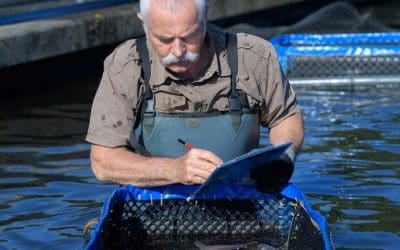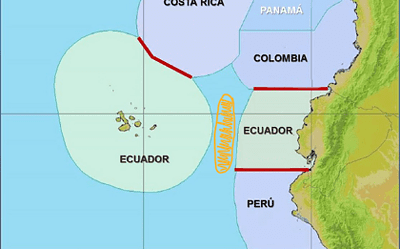Do Emissions Really Matter in Arctic Sea shipping?
As efforts to protect the Arctic Ocean are increasing every year, the results are more and more unsettling. Scientists at the National Snow and Ice Data Center announced that 2015 has been the year with lowest winter ice maximum on record.
At the same time, more and more seafarers are applying for permits to use the Arctic Sea for shipping. A little ice doesn’t seem to scare anyone who wants faster shipping.
Melting ice is good news for shipping companies as it makes it easier for them to explore regions that were inaccessible before.
More shipping means more emissions.
There will be more vessels and various missions where they have never been any before.
So…
What does this mean and are emissions in the Arctic really harmful?
One of the latest developments has been in policies that limit the use of sulphur in ship fuel. Rules and regulations are accepted in more and more countries as the danger of high sulphur fuels for the marine life and oceans is recognized.
The question here is if traveling through the Arctic will change the game.
Here are the facts: The distance via the Northwest Passage (NWP) in the U.S. and Canadian Arctic instead of via the Panama Canal can save up to 1,000 nautical miles which makes for approximately $80,000. Shorter routes mean less fuel and shorter shipping times resulting in less emissions and CO2. On the other hand, the harsh conditions and slow movement of vessels results in increased efficiency.
However, moving at slower speed means emitting more particulates like black carbon. Recent research has projected that by 2030 there will be 50% increase in the black carbon concentration in the Arctic.
What does black carbon mean?
Black carbon basically deposits on snow and ice and helps the acceleration of melting of the Arctic. The effect of emissions is inevitable here – the more ships pass through the Arctic at slow speed the more black carbon and increased greenhouse effect.
Fortunately, science has come up with a way out of this dilemma once again. There are technologies available that combined with liquefied natural gas and diesel particulate filters, together with the above mentioned low sulphur fuels could reduce the effect of particulates as black carbon anywhere from 40% to 90%.
As the interest in using the Arctic as a shipping route increases, these technologies and solutions are closely examined. In the future, rules and regulations might be put in place to require vessels that pass through the Arctic Ocean to be equipped with the respective technology and fuel to protect it.
If such regulations are applied, the increased traffic through the Arctic Ocean will not only have very small harmful effect but might reduce the overall shipping times and use of fuel in the world ocean.
However, emissions matter and if regulations are not implemented the effects of black carbon could soon be devastating. That’s why a ban on heavy fuels is the point of discussion of the Polar Code and International Maritime Organization.
Not all dangers of particulate emissions are as yet recognized. The sad truth is that, even with awareness of the dangers that they present, there is no legal requirement for vessels passing through the Arctic to use any of the above-mentioned technological solutions yet.
National and international organizations are starting to explore ways to balance the management of the Arctic realizing that economic and environmental issues need to go hand in hand.
Emissions matter, and as soon as regulations regarding technology and fuels are adopted, the Arctic can turn out to be the best shipping route saving thousands of dollars to shippers and preventing the pollution of the world’s oceans. Left unmanaged, the environmental impacts of the new shipping routes through the Arctic might be catastrophic in a decade.



